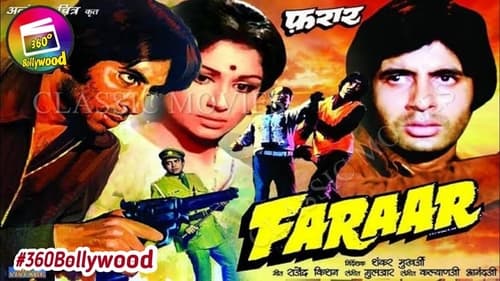
Art Direction
Uma, a mute Brahmin girl, lives with her uncle's family as she is an orphan. Since Uma has a faulty horoscope which indicate widowhood, the family finds it impossible to get her married off. According to a custom prevalent at the time, Uma is given in marriage to a tree.

Art Direction
Shubho and Deepika struggle to unite owing to Deepika's snobbish father who disapproves of Shubho. Meanwhile, her father betroths her to an evil man who is only interested in their family's property.

Art Direction
The film is based around a middle-class man, Rajesh (Raj) living with his sister. He is in love with a young woman, and he intends to marry her once he has found a potential husband to take care of his sister. However, one day the sister is raped and murdered and the police are unable to find any clues and it is left to Rajesh to find the murderers and avenge her death. He traces the murderer and kills him, and is therefore now on the run from the police himself. Rajesh abducts a child as a hostage and seeks refuge in a house only to later learn that the child is the son of his former lover, who is now married to a Police Inspector. Rajesh is torn in two - whether to release the child, or to use him to make an escape.

Art Direction
Set against the backdrop of the political violence that rocked India, and West Bengal in particular, in the late 1960s, it tells the story of an aged widow in a village who goes to Calcutta to stay with relatives, but faces only exploitation. She moves to a slum, and finds her "own people" in a group of educated, unemployed youth, who are caught up inexorably in the prevalent violence.

Art Direction
The story of Dr. Mukherjee, a highly respected civil surgeon in a small tribal district headquarters. He is the beloved of the local people, and often comes in conflict with Laxman Lal, the tyrannical son of a local aristocrat. Laxman Lal lusts after a local widow who, in order to escape his advances seeks shelter with Dr. Mukherjee. As Dr. Mukherjee treats the poor he becomes even more entwined with their lives and their little problems. To the tribals he is a godlike figure, but to Laxman Lal he is an enemy.

Art Direction
During WWII an army doctor is brought a drunken Anglo-Indian woman, whom he'd once loved, for treatment.

Art Direction
The 'Quit India Movement' of 1942.




